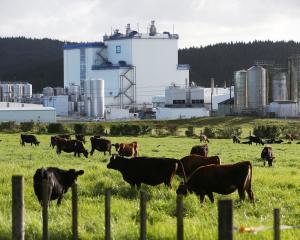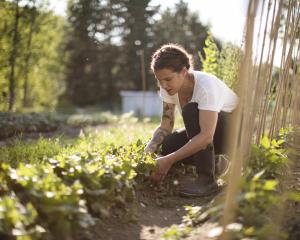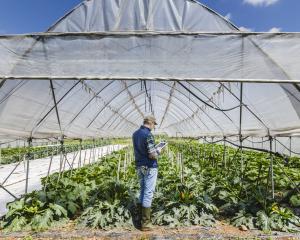

On the one hand, the closure of bank branches is justified by banking corporations as purely a business decision. They input financial details into a spreadsheet about the amount of business that gets done in a community, compare it to the costs of staff and bricks and mortar to keep a branch open, and if it doesn't meet a certain rate of return, they feel justified in closing the branch. However, for communities, the value of banking services cannot be assessed purely on the basis of a balance sheet.
For proponents of local food systems, this might sound eerily familiar. The quality and value of food cannot be assessed purely on the basis of a balance sheet, with narrow views of price and cost. Doing so has all kinds of negative consequences.
Like the globalised banking sector, the industrialised global food system has adopted new technologies and techniques so that food, like money, can travel around the globe on demand. This has revolutionised the way we grow, eat and dispose of food. However, much of this revolution has come at the (unaccounted for) expense of the environment and of communities.
According to the Millennium Ecosystem Assessment, food and agriculture is one of the biggest drivers for global environmental change, including the loss of soil, water quality, biodiversity and natural habitats. The industrialised global food system is also heavily dependent on fossil fuels, which in the context of climate change and finite resources, raises questions about its ability to provide food for the future. There are also increasing health and safety concerns due to the use of pesticides, growth hormones, antibiotics and preservatives in food that is standardised and heavily processed.
Communities are also impacted by the narrow valuation of food. Food is big business, and changes to the food system are increasingly directed by global markets and transnational agribusiness corporations. Options for where and how we access food are increasingly narrowed as it becomes more and more difficult for smaller producers and food retailers to compete with globally integrated food chains.
The narrow focus on value and price has impacts for farmers and farming communities as well. While the costs of production continues to rise, farmers around the world are earning a declining share of the food dollar, resulting in higher levels of debt and bankruptcy. The response is to either get out of farming, or get on the ``agricultural treadmill''. Those that get on the treadmill are driven as a result of lower economic returns to intensify production to generate economies of scale, which in turn requires more land and higher costs for inputs. In order to pay for those increased costs, farmers need to borrow more money (and pay more interest) to service their debt. If prices stay low, they are now carrying even more costs, which requires greater intensification, more inputs and more borrowing and so on.
It is impacts like these and the sense of a loss of control of our food system that serve as one motivation for more localised food systems. Local food systems attempt to better account for the social and environmental impacts of food production and consumption by valuing more than just price. Farmers markets, good food boxes, community supported agriculture and community food hubs and gardens all rely on more than just financial resources to make them work. They are often tied to particular places, where they can draw on and leverage the social and human capital of residents and develop democratic and collective structures to take back control of food to achieve multiple community benefits.
These kind of responses have also been applied to community-based banking. The JAK Cooperative Bank in Sweden is an example that grew from a series of rural savings and loan cooperatives to a bank with 35 local branches, more than 35,000 members and $US163 million in assets that are pooled to provide interest-free mortgages, business lending and student loans to members (instead of interest on loans and investments, a flat fee is charged). Similar to local food initiatives, community-based banking, local currencies, credit unions and mutual associations all rely on social capital and relationships to make their collective governance structures work.
Perhaps there is potential to bring local food and local finance together to rethink how we assess cost and values in the context of broader community benefits.
Sean Connelly is a lecturer in the University of Otago Department of Geography. Each week in this column, one of a panel of writers addresses issues of sustainability.












